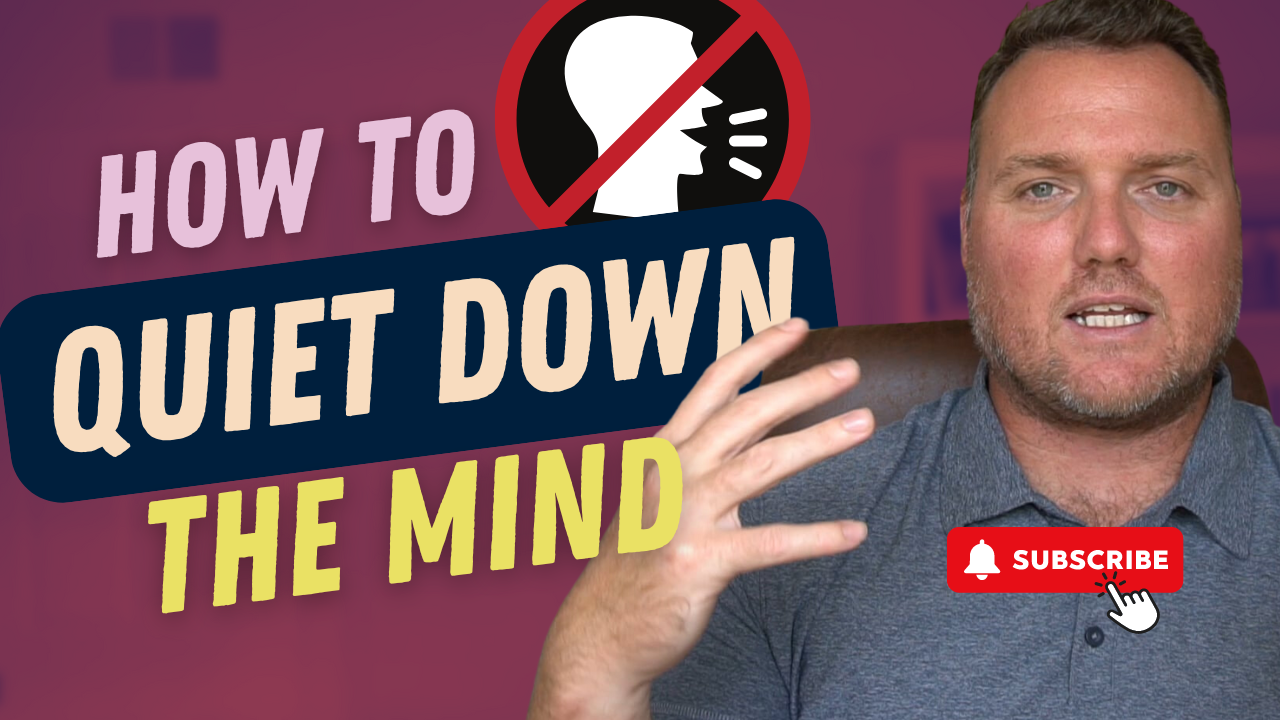How to Quiet Down the Mind
Oct 09, 2024
Misidentification with the Mind
The paradoxical truth about trying to quiet down the mind is that efforts to suppress or control it often make things worse. The first step is understanding and becoming aware of consciousness. The mind is something we're conscious of; it is not who we are. Many philosophers and modern thinkers, like Eckhart Tolle and David Hawkins, emphasize this important distinction.
Key Steps to Quieting the Mind:
-
Awareness
: Recognize that you are not your mind. You are conscious and aware of your mind and its activities.
-
Emotional Awareness
: Understand that suppressed or repressed emotions often fuel an overactive mind. According to David Hawkins in his book "Letting Go," the mind creates thoughts to justify the presence of underlying emotions.
Managing Underlying Emotions
To quiet an overactive mind, it is crucial to manage the underlying emotions that fuel it. Here’s how:
Steps to Manage Emotions:
-
Identification
: Become conscious of the emotions you're experiencing. Recognize emotions like fear, anger, or guilt without identifying with them.
-
Non-Resistance
: Allow these emotions to surface without resisting them. Becoming non-resistive can help you release these emotions and the energy they carry.
-
Observer Mode
: Stay in the observer mode. Witness your thoughts and emotions from a distance. This kind of conscious awareness can help reduce the mind's need to justify the presence of these emotions.
The Self-Sustaining Cycle of Thoughts and Emotions
For many dealing with conditions like OCD, panic attacks, social anxiety, or phobias, there is a self-sustaining loop at play. Negative emotions create negative thoughts, which reinforce the emotions. This loop can apply to anger, guilt, shame, and even emotions like pride or desire.
Breaking free from this cycle requires a two-part approach:
-
Mental Detachment
: Do not engage in mental behaviors like rumination, analyzing, blocking, or suppressing thoughts.
-
Emotional Release
: Focus on letting go of the emotions driving these thoughts. This indirectly calms the mind.
Conclusion
To effectively quiet your mind, focus less on the mind itself and more on the underlying emotions fueling it. Remember, the mind’s activity is often just a symptom of something deeper. By managing your emotional well-being and maintaining conscious awareness, you can achieve a quieter, more peaceful mind.


